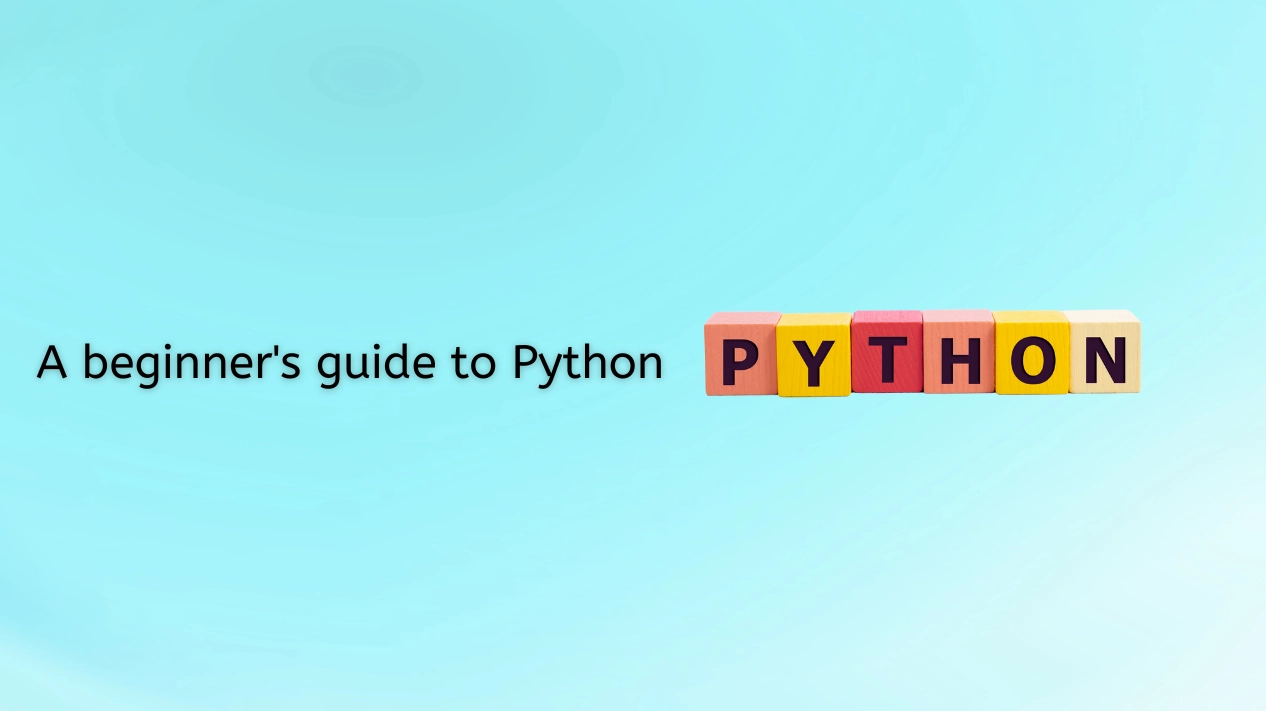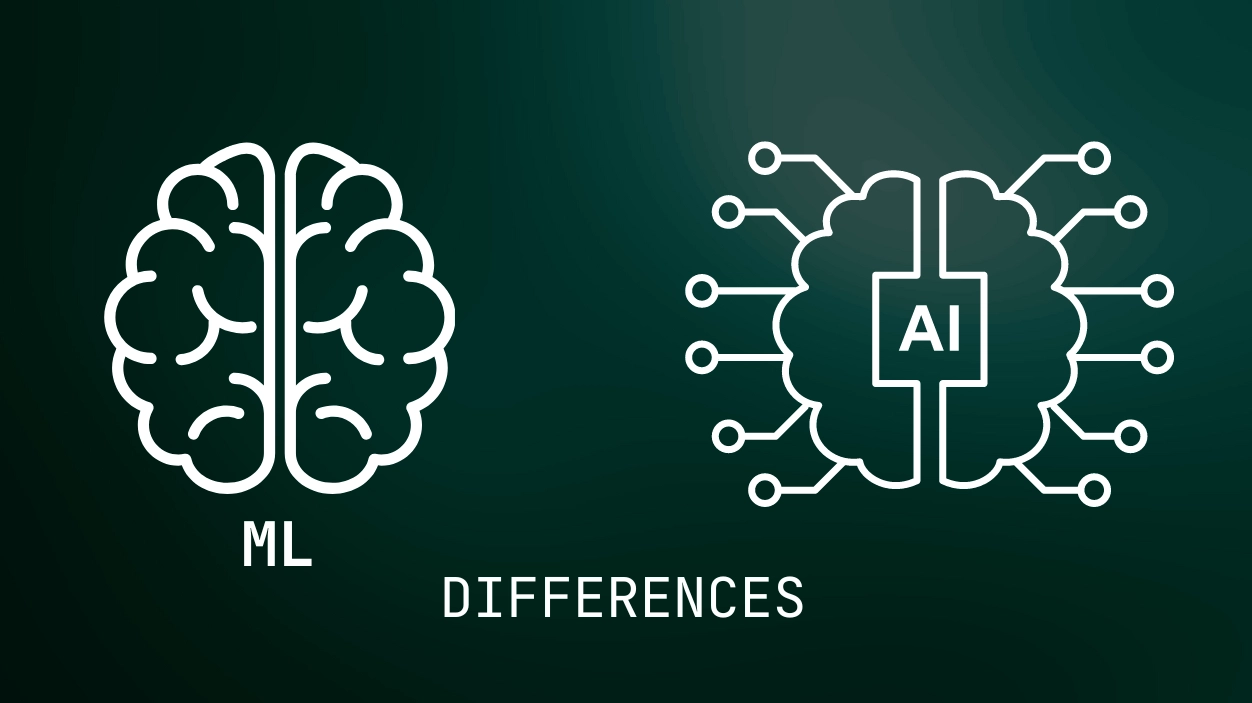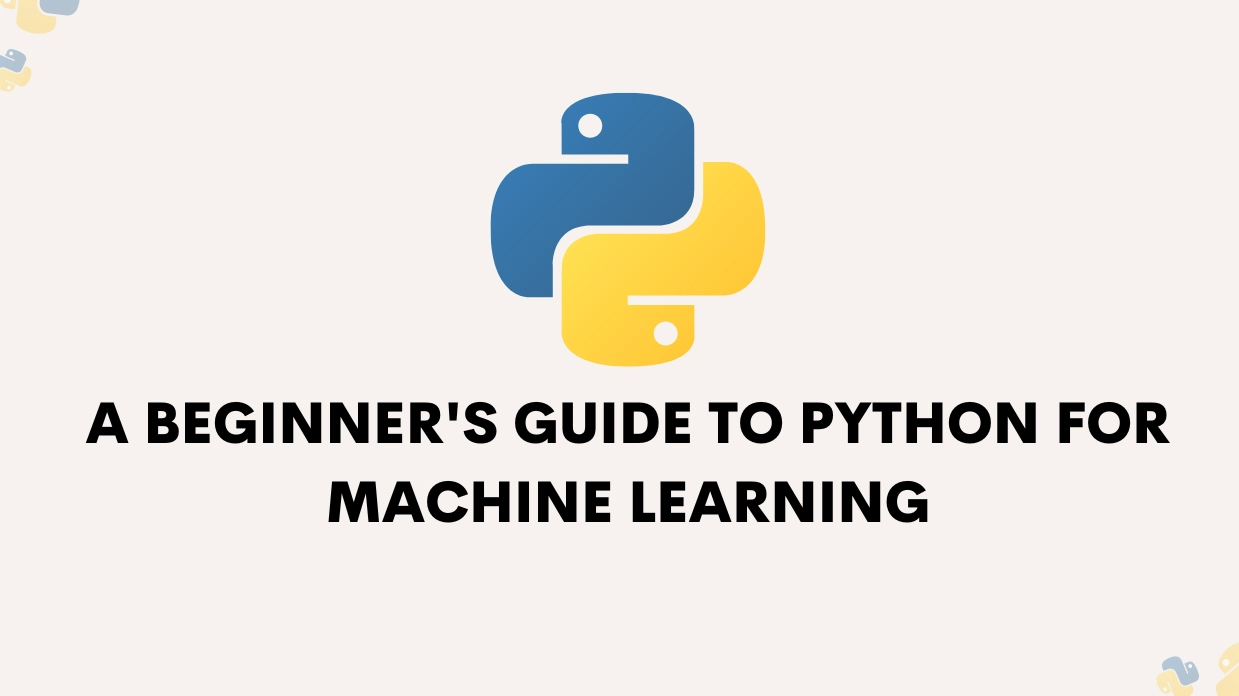Recent Post

A Beginner's Guide To Python For Data Science 6-Apr-23
-
If you are new to the field of data science, you may have taken a course in Python or R and are familiar with the fundamentals of the data science life cycle.
Yet, you can encounter difficulties if you attempt to experiment with datasets on Kaggle on your own because you are unsure of where to begin.
You are unable to complete your desired duties because you lack the necessary tools.
In this article, we tried our best to explain a beginner's guide to Python for data science
Data Collection
Data Collection is the initial step in tackling any data science problem. This information may occasionally be accessible as an Excel sheet or a SQL database. Sometimes, though, you'll have to retrieve the data yourself by using APIs or web scraping.
We'll include a few of the most popular Python data collecting libraries below. Depending on the kind of data we need to collect, we utilize these libraries frequently, and they have greatly streamlined my data science workflow.Data Types: Python has built-in data types like integers, floating-point numbers, and strings, which are used to represent data in programming.
Variables: Variables are used to store data in a program. To create a variable in Python, you simply assign a value to it using the equal sign.
Lists: A list is a collection of values, and it can be modified. To create a list in Python, use square brackets [ ].
Dictionaries: A dictionary is a collection of key-value pairs. To create a dictionary in Python, use curly braces { }.
Control Flow: Control flow statements allow you to control the order in which code is executed. Common control flow statements include if/else statements and loops.
Functions: Functions are blocks of code that perform a particular tasks. To create a function in Python, use the def keyword followed by the function name and the parameters in parentheses.
Modules: A module is a file that contains Python code. You can import modules into your program to use their functionality.
NumPy: NumPy is a Python library used for scientific computing. It provides support for arrays and matrices, which are commonly used in data science.
Pandas: Pandas is a Python library used for data manipulation and analysis. It provides support for data structures like data frames, which are commonly used in data science.
Matplotlib: Matplotlib is a Python library used for data visualization. It provides support for creating charts and graphs to help visualize data.
Scikit-learn: Scikit-learn is a Python library used for machine learning. It provides support for algorithms like linear regression, logistic regression, and decision trees.
By learning these basic concepts and libraries, you can get started with data science using Python.




